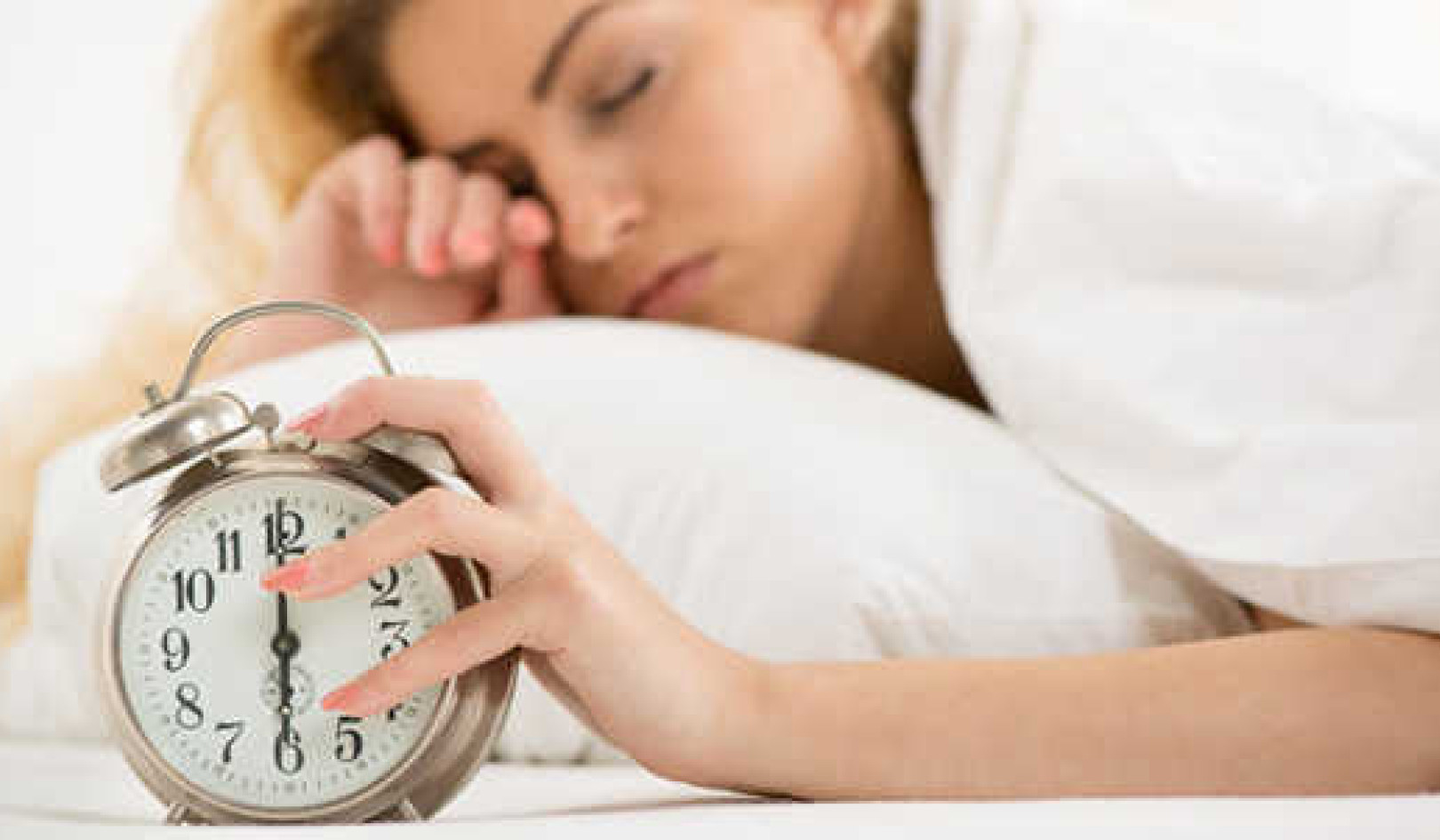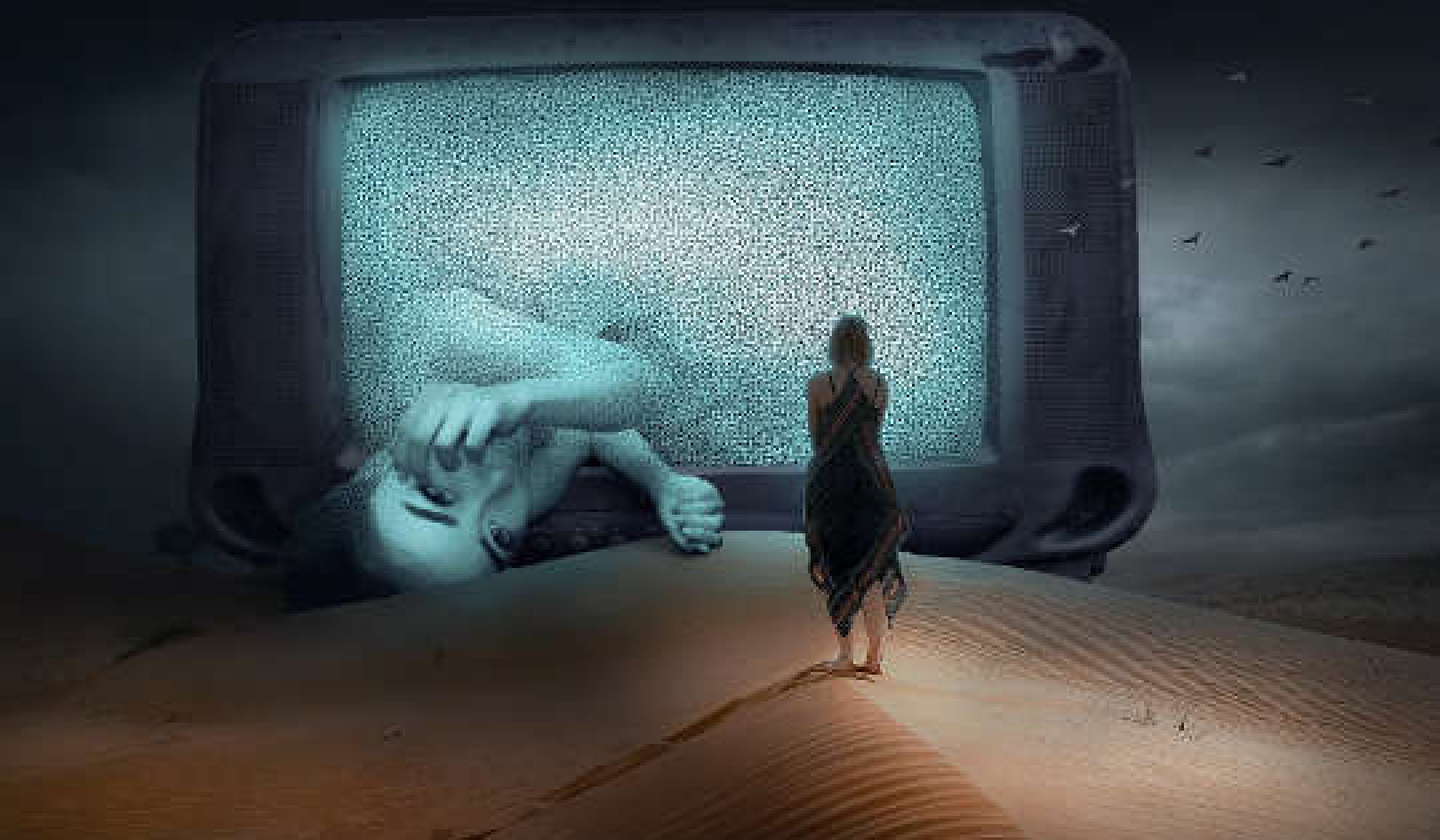Homeopathy: Treating Cause,
Not Symptoms
by Herbert Rothouse, R.Ph., M.S.
Research Grounds Hypotheses
The word "homeopathy" comes from the Greek words homeo and pathos, meaning "similar" and "suffering", respectively. From the time that Dr. Hahnemann coined the word 200 years ago, homeopathy has been maligned and vilified, and homeopaths have been charged as liars and frauds. All this occurred in spite of 200 years of therapeutic successes. What is it about homeopathy that arouses these passions? What are the doctrines and therapies that, even today, defy comprehension? What secrets of nature did Dr. Hahnemann tamper with?
Dr. Hahnemann was a careful investigator. His years of study of the ancient texts reaped a generous reward. He found his answer in the writings of Hippocrates: Through the like, disease is produced, and through the application of the like, it is cured.
Over the next 5 years, with the help of medical students and friends, Dr. Hahnemann tested his remedies and developed the principles that remain intact today. In 1810, when he published his Organon of Medicine he presented to the world a new and audacious notion of healing called homeopathy.
Homeopathy is based on the existence of an innate healing energy that promotes and protects our health. This energy initiates our defense mechanisms in response to adverse conditions and then controls and guides the natural healing process. Because of this energy, the body has the ability to heal itself. Dr. Hahnemann called this energy the "vital force". This vital force is the agent of cure.
What homeopathy does is to treat the individual according to his or her own discomforts by pushing the organism in the same direction the vital force is trying to go. Conventional medicines tend not to be healing, curative agents. In fact, many modern medicines can actually retard healing and alter the nature of the disease to make it more difficult to treat. What the body needs are the favorable conditions to affirm its restorative powers that through negligence or indifference created an environment for disease to flourish. Homeopathic remedies assist the attenuated vital force to promote any self-healing.
Modern Medicines Do Fail
Three to five percent (depending on what study one reads) of all hospital admissions are the result of some adverse drug reaction (ADR) or an iatrogenic (physician-induced) disease. From more than 30 million annual admissions, more than 1 million are caused by some physician-prescribed medication.
Treating Cause -- Not Symptom
No person, ever, has died from a homeopathic remedy, but many have been cured. Where the weakened organ needs assistance, it is the homeopathic remedy that initiates recovery. Paracelsus said: "The remedy restores the health, thus the illness departs."
Homeopathy does not actually concern itself with a germ or a bacterium or the names of diseases because homeopathy does not treat a disease. Disease is, after all, a combination of disordered functions that overcome an individual when the internal energy is disturbed and the vital force is compromised. What homeopathy does is to treat the individual according to his or her discomfort. For example, homeopaths treated cholera successfully, long before it was known that the actual cause was a bacterium. During the 19th century, there were seven severe epidemics in America, the most serious in 1832. The death rates in the regular hospitals were five times those of the homeopathic hospitals. The same results were found overseas. In London, in 1854, following an outbreak of cholera, Parliament authorized a commission to see which treatments were more effective. What they found was that whereas the regular hospitals had a death rate of 59 percent, the homeopathic hospitals had a rate of only 16 percent.
What homeopathy treated was not cholera but headache, malaise, diarrhea, anorexia, icy coldness of the body, convulsions, staring eyes, sunken face, and so on. These symptoms pointed to a homeopathic remedy, which was most often camphora or Veratrum album. These are remedies that often give healthy people headaches, diarrhea, and other symptoms typical of cholera when ingested during homeopathic "provings", the so-called Hahnemann clinical trials. These provings were designed to ascertain the symptoms caused by the remedies so those symptoms could be sought in the patient's history and assure that the correct remedy was chosen.
Even earlier, in 1812, while in Paris, Dr. Hahnemann treated scarlet fever using only belladonna. With no knowledge of streptococci, he treated only the red hot skin and the feverish, yet thirstless, state. Realizing that belladonna caused the same symptoms, it was, following his theory, the obvious remedy.
To Dr. Hahnemann, it was quite clear that to find the appropriate remedy, one must get the total picture of the patient. To find the cure, find the remedy; to find the remedy, find the symptoms. All symptoms, even the most trivial, are important, and sometimes it is the most trivial that become the most important. This is because the body can exhibit disease and sickness in an infinite number of ways, each representing an effort to heal. These symptoms are a direct effect of the cause, sometimes appearing as a non-beneficial side effect and sometimes beneficial, as in fever. For example, Hippocrates wrote: "Fever is a beneficial phenomenon and it is not to be suppressed; instead, it is intensified by the application of hot water and hot baths."
In today's health arena, it is the symptoms that are treated as the disease, but in homeopathy, they only accompany the disease. The dermatologist will treat skin eruptions and dermatitis with steroids without pausing to consider that such eruptions are, in fact, guideposts to treating and curing a condition that is still submerged. Our skin cannot speak, but it tells us, nonetheless, that there is an internal problem waiting to be solved.
No matter what part of the body is affected, it is ultimately the patient who must provide the critical clues. The homeopath might ask the most arcane questions to get a picture that the ordinary physician would ignore. He might ask, are you thirsty or not? Do you prefer cold or hot drinks? Do you desire company, or would you rather be left alone? Does noise or music bother you? Depending on the answers, different remedies are required.
For generalized muscular pain, the frequent choice of physicians is either Tylenol 3 (McNeil, Fort Washington, Pennsylvania) (with 30 mg of codeine) or Darvocet-N 100 (Eli Lilly, Indianapolis, Indiana). In homeopathy, before any remedy is suggested, one must first ask, "Are you better still or moving about," for if the pain is less when still, the remedy might be bryonia, and if the pain is less on motion, the remedy might be Rhus toxicodendron.
Treatment cannot be a one-size-fits-all rationale because different things are going on in the body. Because our eyes cannot penetrate the skin, we cannot know why people respond differently, but it is the difference in response that leads to the remedy.
Symptoms and Diagnosis
Homeopathy recognizes several categories of symptoms. The common symptom gives the patient the most discomfort at the moment. It is whatever distress brought that person to see a physician, whether it be actual physical pain or emotional stress. The general symptom relates to the general sense of well-being. Does the patient feel weak, exhausted, sleepless, emotionally drained? The homeopath asks, "how do you feel?" and then listens closely to the response. It is here that the mental symptoms are the most important.
There are particular symptoms that reveal what happens to the patient that is different at a given place or time. "Does the condition exist only at a particular time of day? Is it only when you sleep on the right side? How do you react to thunderstorms?"
Finally, there are modalities. Here the questions are: "What makes your condition better or worse? Are you better with cold drinks or hot drinks? Are you better with the windows open or closed? Are you better or worse eating, drinking, walking, standing, sitting?"
Dr. Hahnemann believed that of all symptoms, the mental symptoms were the most critical. He looked for the hatreds, the fantasies, the fears, the dreams, the patterns of sociability or withdrawal, of domination or timidity, of irritability or patience, of arrogance or compassion, of serenity or internal anguish. The homeopath looks for the ability to concentrate, for signs of forgetfulness, delusions, dissatisfaction, sadness, apathy, depression, and suicide. He or she must then find a remedy that parallels the physical and mental signs.
Homeopathy does not label individuals by a disease. Because each individual patient is matched by a set of physical and emotional patterns to a remedy, the patients are termed "pulsatilla" or "chamomilla" patients after the remedies they seem to need.
Recommended book:

Homeopathy
Made Simple
by R. Donald Papon
Info/Order book
About The Author
HERBERT HOTHOUSE, R.PH., M.S., lives in Boca Raton, Florida, USA, where he is a practicing pharmacist and a licensed nutritionist. This article was first published in the August 1999 issue of The American Druggist in response to letters to the editor in their May 1999 issue that were critical of homoeopathy.



























